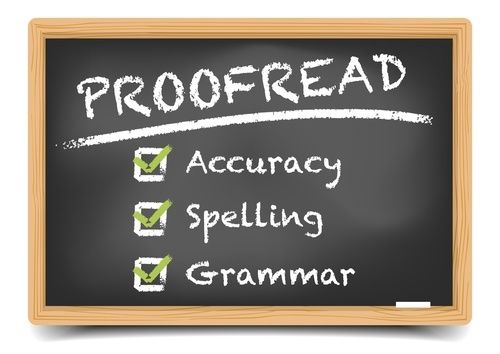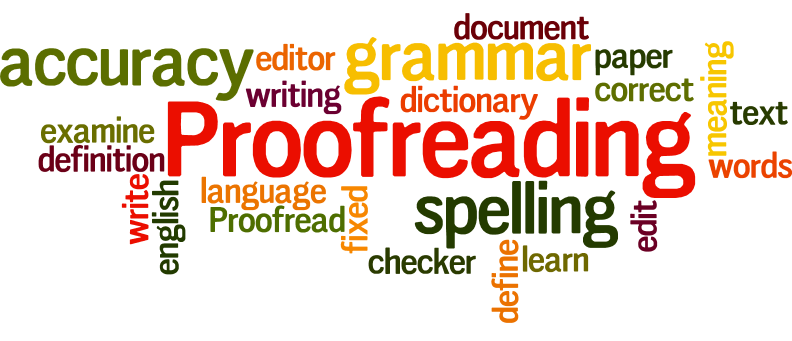Academic writing plays a crucial role in the communication of ideas, research findings, and intellectual debate. For students, researchers, and professors alike, delivering high-quality, error-free academic papers is essential for success. This is where editing and proofreading come in, ensuring the writing meets rigorous standards of clarity, accuracy, and professionalism.
In this article, we explore why editing and proofreading are critical to producing polished, effective academic work in English, diving into each process’s nuances and providing practical tips along the way.

Table of Contents
ToggleIntroduction
Academic writing is defined by its formal tone, structured format, and emphasis on precision. Quality is paramount in this field because academic papers are often scrutinized by peers, professors, and other experts. Editing and proofreading are two fundamental processes that elevate the quality of academic writing, transforming drafts into well-organized, error-free, and credible papers.
Difference Between Editing and Proofreading
Definitions of Editing and Proofreading
Editing involves revising the content, structure, and flow of a document to improve clarity and coherence, while proofreading focuses on fixing surface-level errors like grammar, spelling, and punctuation.
Key Distinctions Between the Two Processes
The main distinction is that editing refines the overall quality and structure, whereas proofreading ensures mechanical correctness. Both processes are critical, but editing typically occurs before proofreading.
The Role of Editing in Academic Writing
Enhancing Clarity and Structure
Editing ensures that the central argument of a paper is clearly articulated, and each section contributes logically to the overall structure.
Ensuring Logical Flow of Ideas
A well-edited paper has a natural flow of ideas, making it easier for readers to follow complex arguments or research findings.
Improving Academic Tone
Editing helps refine the tone to meet the academic standards of professionalism, neutrality, and formality required in most scholarly works.
The Role of Proofreading in Academic Writing
Detecting Grammatical and Typographical Errors
Proofreading catches grammatical mistakes and typographical errors that may have been missed during the editing process.
Correcting Punctuation and Syntax
Small issues like misplaced commas or incorrect verb tense can be corrected during proofreading, which enhances readability.
Ensuring Consistency in Formatting and Style
Proofreaders check for consistency in the use of style guides such as APA, MLA, or Chicago, ensuring that citations and references are formatted correctly.
Why Both Editing and Proofreading Are Needed
Complementary Roles of Editing and Proofreading
While editing ensures that the content is logically sound and well-structured, proofreading focuses on eliminating surface-level errors, making both processes indispensable.
Avoiding Miscommunication in Academic Work
Poorly edited and unproofread academic papers can lead to misunderstandings, as errors in grammar or sentence structure can obscure the writer’s ideas.
Common Errors Found in Academic Writing
Grammar and Syntax Mistakes
These can include subject-verb disagreement, misuse of tenses, or incorrect sentence construction.
Structural and Organizational Issues
Some academic papers suffer from disorganized content, where ideas are presented out of sequence or lack proper transitions between sections.
Plagiarism and Citation Errors
Improper citations or lack of attribution can lead to accusations of plagiarism, which can be avoided through careful editing and proofreading.
How Editing Improves Argumentation
Refining Thesis Statements
A clear, concise thesis statement is central to a strong academic paper. Editing helps sharpen the thesis to ensure it accurately reflects the argument.
Strengthening Evidence and Support
Editors ensure that the evidence presented in the paper supports the thesis, providing necessary revisions for clarity and effectiveness.
Improving Transitions Between Sections
Proper editing helps smooth the flow between sections, ensuring logical transitions and improving overall coherence.
The Importance of Style in Academic Writing
Adherence to Specific Style Guides
Whether it’s APA, MLA, or Chicago style, academic writing requires strict adherence to a specific style guide. Editing ensures compliance with these guidelines.
Consistency in Citation and Formatting
Inconsistencies in formatting can undermine the professionalism of an academic paper. Editing ensures that formatting remains uniform throughout the document.
How Style Affects Readability
The style of a paper influences its readability. Editing ensures that the language used is accessible while maintaining the necessary academic rigor.
How Proofreading Enhances Clarity
Correcting Word Choice Errors
Proofreaders help identify inappropriate or awkward word choices, improving the clarity of the paper.
Improving Readability Through Punctuation
Proper punctuation enhances readability and prevents confusion, making proofreading essential for clarity.
Conclusion
Editing and proofreading are essential for producing high-quality academic work in English. They play complementary roles in refining content, enhancing clarity, and ensuring that the final draft is free from errors. Academic writers who invest in both processes increase their chances of success by presenting their ideas clearly and professionally. Whether using technology or relying on human expertise, the key is to recognize the value of a polished, well-edited, and thoroughly proofread paper.
FAQs
What is the difference between editing and proofreading?
Editing focuses on improving the overall structure, clarity, and content of a document, while proofreading addresses surface-level errors like grammar, punctuation, and spelling.
How can editing improve academic writing?
Editing helps refine arguments, ensures logical flow, and improves the academic tone, making the writing clearer and more compelling.
Why is proofreading important in academic writing?
Proofreading ensures that the document is free of grammatical errors, formatting inconsistencies, and awkward wording, all of which can impact the clarity and professionalism of the work.
Can automated tools replace human editing and proofreading?
While tools like Grammarly and Hemingway can help catch basic errors, they cannot replace the nuanced understanding and critical thinking that human editors provide.
What are some practical tips for effective editing?
Taking breaks between writing and editing, reviewing one aspect of the text at a time, and reading aloud are effective strategies for thorough editing.






